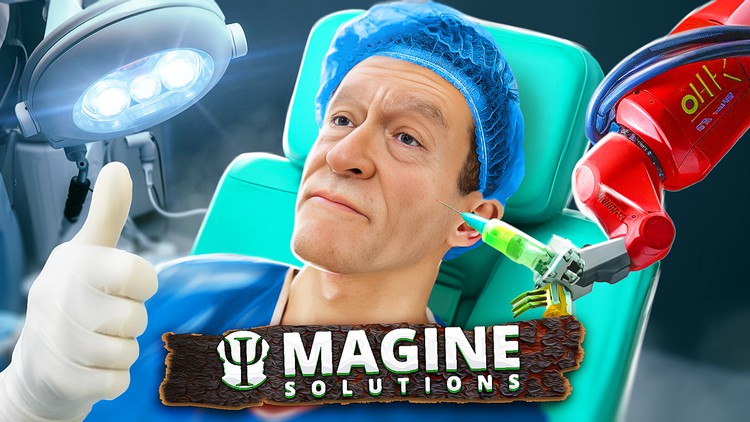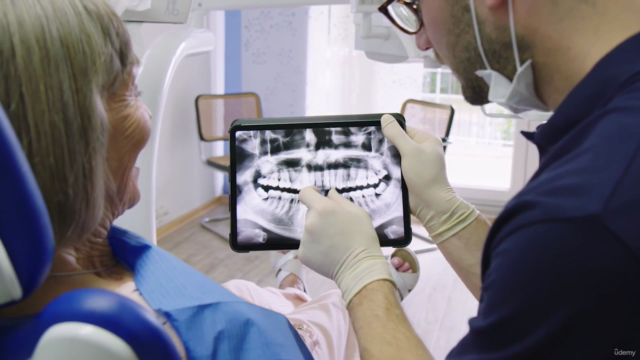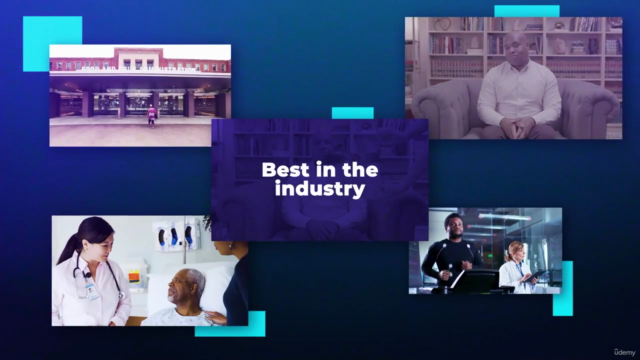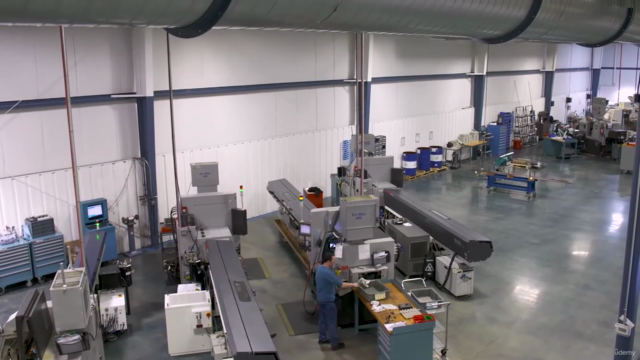ISO 13485 FDA Medical Device Regulation For QMS (Part 2 / 2)
Learn all about ISO 13845 FDA Medical Device Regulation and Quality Management System in this online course
4.21 (133 reviews)

491
students
1.5 hours
content
Apr 2024
last update
$59.99
regular price
What you will learn
Importance of product safety and risk control measures in the complex design and development process for medical devices
Systematic reviews and stages involved in ensuring the success of the design and development process.
Critical role of planning in design and development, including goal identification and resource planning.
Key documentation requirements and the need for consistency with the organization's QMS.
Understanding and defining design inputs, including customer expectations.
Overview of design outputs and the importance of reviewing and approving them.
Procedures and importance of transferring design outputs to manufacturing.
Managing changes in design and development, including risk assessment and maintaining design history files.
Significance of design review stages, addressing concerns, and involving independent reviewers.
Processes and methods for design verification and validation to ensure compliance with specified requirements.
Understanding ISO 13485 regulations related to purchasing and evaluating risks associated with outsourced products and services.
Steps in the purchasing process, including supplier selection, qualification, and monitoring.
Defining purchasing information and its role in communicating requirements to suppliers.
Importance of clear communication, written quality agreements, and establishing necessary purchasing requirements.
Implementing verification activities for purchased products based on supplier evaluation results.
Ensuring purchased products meet specified requirements and conform to QMS standards.
Recognizing different types of products and services provided by suppliers.
Understanding the significance of supplier risk assessment and control measures.
Importance of controls for product quality and regulatory compliance.
Proportionality of controls based on process criticality determined through risk management.
Six controls during the production process
Choosing buildings, workspaces, and equipment for production.
Verification of new or modified equipment to ensure effectiveness.
Monitoring production for consistency and adherence to controls.
Specific controls for minimizing packaging and labeling errors.
Establishment and maintenance of records for each medical device or batch.
Batch record or Device History Record (DHR) contents.
Requirements for electronic batch records and software validation.
Demonstrating control over external providers in production.
Maintenance of batch records for external production activities.
Documentation of cleanliness requirements.
Cleaning procedures, resource allocation, and verification/validation activities.
Documentation and acceptance criteria for medical device installation.
Final testing after installation and connection to infrastructure.
User instructions for device assembly, installation, and safety controls.
Quality management system inclusion of installation requirements.
Requirements for servicing medical devices.
Documentation of servicing procedures, planning, and validation.
Training and competence of servicing personnel.
Analysis of servicing records for improvements.
Records and traceability for sterilization processes.
Sterile barrier system maintenance and validation.
Considerations for microbiological status of raw materials and manufacturing environment.
Definition and importance of process validation.
Documentation of process validation procedures, criteria, and software validation.
Three-step process validation and associated activities.
Installation Qualification (IQ), Operational Qualification (OQ), and Performance Qualification (PQ).
Identification, verification, protection, and safeguarding of customer property.
Protection of confidential health information.
Measures to protect intellectual property and personal data.
Requirements for preserving medical devices throughout their life cycles.
Documentation of preservation procedures during processing, storage, handling, and distribution.
Considerations for environmental conditions during transportation and storage.
Calibration requirements for monitoring and measuring equipment.
Procedures for equipment calibration, adjustment, and protection.
Software validation for monitoring and measuring equipment.
Importance of maintaining records for calibration and verification activities.
Identification of processes and resources aligned with business goals.
Definition of requirements for data sources, including limits and acceptance criteria.
Review of critical processes for quality and regulatory requirements.
Periodic management reviews to ensure suitability and effectiveness.
Steps for addressing potential complaints, including investigation and reporting.
Importance of segregating and disposing of returned or faulty products.
Analysis of complaint records for updating risk management plans.
Procedures for reporting complaints to regulatory authorities and issuing advisory notices.
Determination of significance, segregation, and documentation of nonconforming products.
Actions required for different types of nonconformities, including scrapping or destruction.
Procedures for product recall, including advisory notice contents.
Measures for preventing reoccurrence and providing corrective actions.
Creation of documented procedures for data analysis during the QMS planning stage.
Use of statistical and non-statistical methods for identifying nonconformities.
Application of statistical techniques like Pareto analysis and SPC charts.
Importance of analyses at various organizational levels and across different data sources. Section 12 Vide
Documentation and steps involved in CAPA activities.
Tools for identifying problems: Cause and effect diagrams, 5 Whys analysis, etc.
Importance of validation activities to confirm the effectiveness of corrective actions.
Criteria for determining the effectiveness of corrective actions.
Screenshots




5734808
udemy ID
12/29/2023
course created date
2/17/2024
course indexed date
Bot
course submited by